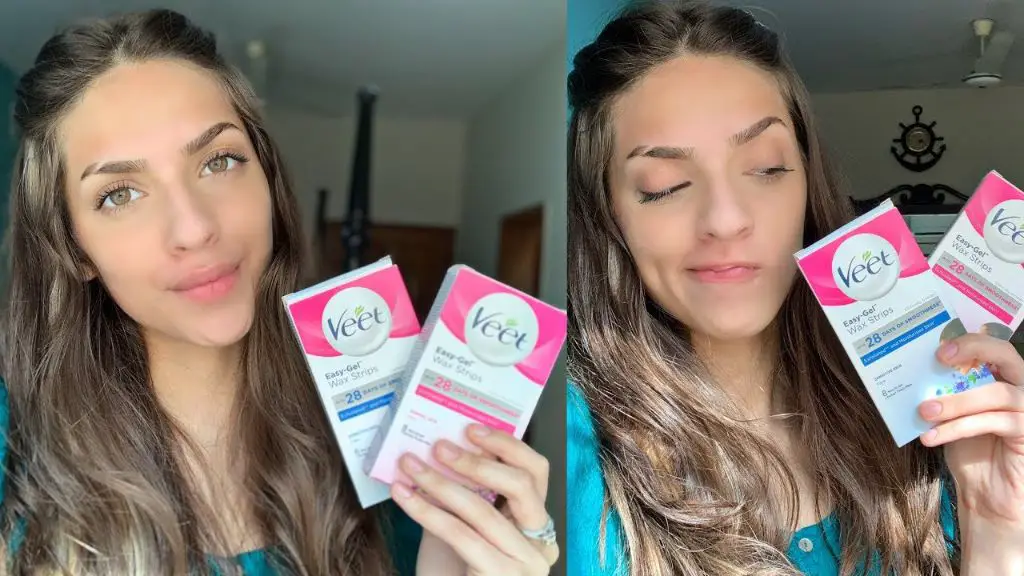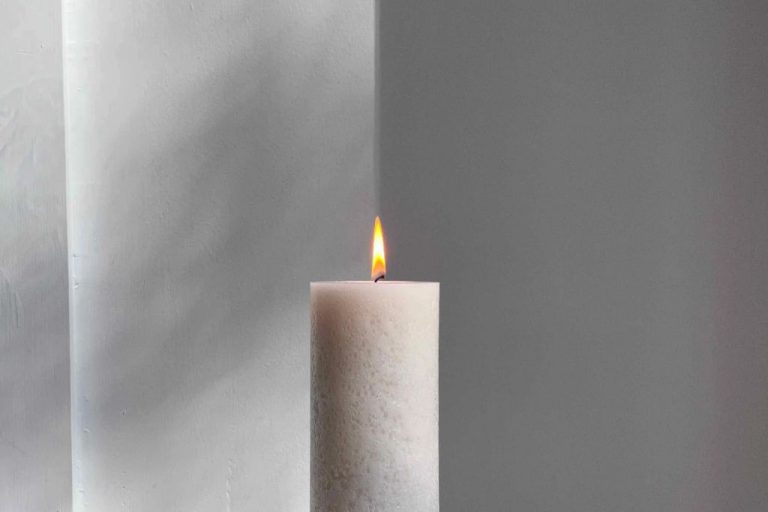How Do You Treat A Burn From Waxing?
Waxing burns are a common injury that can occur during hair removal procedures like waxing and sugaring. The hot wax used can cause burns when it comes into contact with the sensitive skin on areas like the legs, face, underarms, bikini line, and other body parts. Even though waxing is generally considered safe, minor burns can happen if the wax is too hot or if proper techniques are not followed. Most waxing burns are mild first-degree burns that heal quickly, but more severe burns are possible that require medical treatment. It’s important to know how to prevent waxing burns and also how to treat them if they do occur, to avoid complications like scarring.
Causes
There are a few common causes of burns from waxing:

- Hot wax – Wax that is too hot can scald the skin and cause burns. The ideal wax temperature is between 120-140°F. If the wax is heated to over 140°F in the microwave or wax pot, it increases the risk of burns. The skin should be tested before applying the wax to ensure it’s not too hot. [1]
- Skin sensitivity – Those with sensitive skin are more prone to irritation and burns from waxing. Testing a small area first is recommended. Using wax formulated for sensitive skin can also help prevent burns. [2]
- Pulling wax off too fast – Removing the wax strips too quickly can tear at the skin and cause burns. Wax should be removed in the opposite direction of the hair growth and parallel to the skin at a 45 degree angle for safe removal. [3]
Severity
Burns are categorized into different severity levels based on the depth of skin damage. The common classifications are:
First-degree burns, also called superficial burns, only affect the outer layer of skin, or epidermis. These burns cause redness, pain, and swelling. Examples include mild sunburns or scalds from hot liquids or steam (Temple Health).
Second-degree burns, also called partial thickness burns, extend into the second layer of skin, or dermis. These cause redness, pain, swelling, and blistering. Second-degree burns often heal within three weeks with proper treatment (NCBI).
Third-degree burns fully penetrate both layers of skin and damage underlying fat, muscle, and even bone. These burns result in white, leathery skin and require skin grafting for healing (UpToDate). Nerve damage in deep third-degree burns causes numbness with lack of pain.
First Aid
The first step when treating a waxing burn is to provide immediate relief and prevent further damage. Here are some effective first aid tips:
Cool the area by holding an ice pack wrapped in a towel or cloth on the affected area for 10-15 minutes. You can also run cool water over the burn or take a cool shower. Cooling helps reduce pain, swelling and inflammation (Source).
Apply aloe vera gel liberally on the burns. Aloe vera is an excellent home remedy for burns thanks to its soothing, anti-inflammatory and healing properties. Studies show it can help heal minor burns and reduce pain (Source).
Use an antibiotic or anti-burn cream containing ingredients like lidocaine, hydrocortisone or benzocaine to numb pain and prevent infection. Make sure to read instructions and do a patch test first (Source).
Do not try to peel off wax residue that may be stuck to the skin as this can worsen the injury. Let the wax naturally flake off over the next few days.
Pain Management
To help manage the pain from waxing burns, there are a few effective at-home remedies you can try. One of the most common options is to take an over-the-counter pain medication like ibuprofen or acetaminophen. Ibuprofen helps reduce swelling and inflammation in addition to relieving pain (Source). Follow the dosage instructions on the medication bottle. Cold compresses are another go-to home treatment for waxing burns. Wrap an ice pack or bag of frozen vegetables in a towel and apply it to the affected area for 10-20 minutes a few times a day. Just be sure not to apply ice directly on the skin as this can cause further damage.
Prevention
There are a few key things you can do to prevent waxing burns in the first place:[1]
- Test your skin’s sensitivity first. Try waxing a small area like your leg or arm before tackling more sensitive areas like the face or bikini line. See how your skin reacts.
- Make sure you or your esthetician uses proper technique. The wax should be applied in the direction of hair growth and removed in the opposite direction. Go slowly and don’t wax the same area repeatedly.
- Avoid waxing on damaged, broken, or irritated skin. Wait until it has fully healed.
- Take a pain reliever like ibuprofen an hour before waxing to reduce inflammation.
- Use products designed for sensitive skin after waxing. Look for soothing ingredients like aloe, calendula, and tea tree oil.
- Apply a cold compress right after waxing to close pores and soothe irritation.
Being cautious and taking preventative measures can help you avoid burns so you can enjoy smooth, hair-free skin after waxing.
[1] https://www.healthline.com/health/beauty-skin-care/waxing-burn
When to See a Doctor
In most cases, minor waxing burns can be treated at home effectively. However, you may need to see a doctor if the burn shows signs of a more severe injury or infection. According to Healthline and Sknclinics, it’s important to seek medical care if:
- The burn covers a large area of the body
- The burn is on sensitive areas like the face, genitals, or joints
- You see signs of a skin infection, like increasing pain, pus, swelling, redness, warmth, or red streaks
- The burn is third-degree, destroying all layers of the skin
- The burn causes severe blistering
- You have a fever greater than 101°F (38°C)
- The burn is causing severe pain that is not relieved by over-the-counter medication
If any of these signs are present, promptly contact your doctor. Severe waxing burns require professional medical treatment to heal properly, prevent complications like scarring or contractures, and avoid the risks of infections spreading.
Treatments
For mild to moderate waxing burns, over-the-counter treatments like aloe vera gel, hydrocortisone cream, and antibiotic ointment can help soothe the burn and prevent infection (Source). However, for more severe burns that blister or damage multiple layers of skin, prescription treatments may be needed.
Prescription antibiotic creams containing ingredients like bacitracin or mupirocin can help prevent infection in deeper burns. Prescription steroid creams like hydrocortisone can also reduce inflammation and itching. In some cases, oral antibiotics or pain medication may be prescribed as well (Source).
For third-degree waxing burns that damage the entire thickness of skin, skin grafting surgery may be required. During this procedure, healthy skin is taken from another area of the body and transplanted over the burn site after damaged tissue is removed. Skin grafts allow new skin to grow over the wounded area and minimize scarring (Source).
Scar Prevention
There are a few methods you can try to help prevent scarring from wax burns:
Silicone sheets – These are thin sheets of medical-grade silicone that can be applied to new or old scars. The silicone applies gentle pressure to flatten and soften the scar. Silicone sheets should be worn for 12-24 hours per day for at least 2-3 months. Studies show silicone sheets can help improve the appearance of scars.[1]
Over-the-counter scar creams – Look for creams containing ingredients like vitamin E, onion extract, or hydroquinone. These ingredients may help reduce redness and improve scar appearance when applied regularly over time. However, evidence on their effectiveness is limited.[2]
Avoid picking at scabs – This can disrupt the healing process and lead to a larger, raised scar. Let scabs naturally fall off on their own.
Massage – Gently massaging scars with lotion can help break up scar tissue over time. But avoid massaging any open wounds.
Sun protection – Use sunscreen on healed scars when outdoors, as the sun can darken scars. Keeping scars out of the sun will optimize their appearance.
See a dermatologist – For severe scarring, consult a dermatologist about professional scar treatment options like laser therapy, steroid injections, or minor surgery.
[1] https://www.sknclinics.co.uk/blog/treating-a-wax-burn
[2] https://www.healthline.com/health/beauty-skin-care/waxing-burn
Conclusion
In summary, waxing burns can happen but are usually minor. To treat a waxing burn, it is important to apply proper first aid immediately by running cool water over the area for 5-10 minutes and avoid picking at any blisters that form. Over-the-counter pain medication like acetaminophen or ibuprofen can help ease discomfort. Most minor waxing burns heal on their own within a week. More severe burns may require medical treatment to prevent scarring.
To avoid waxing burns, make sure to test a small area first when working with a new wax or esthetician. Opt for waxes with lower melting points, avoid reusing wax strips, and take care not to apply wax over already irritated skin. With proper aftercare and some caution, waxing can usually be done safely with minimal risk of burns.

